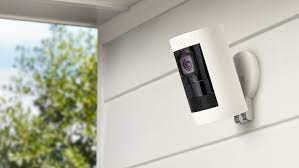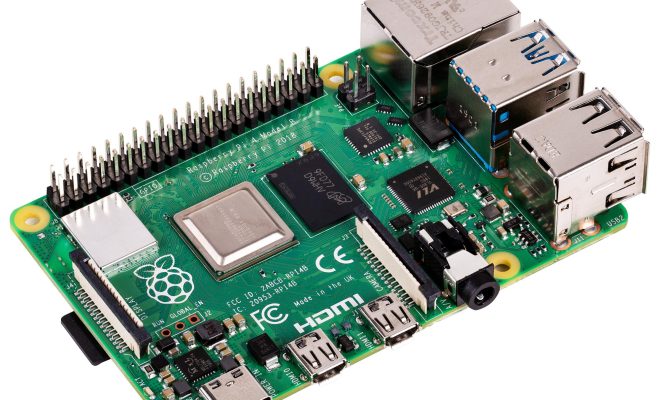Create A Multi-Camera CCTV System With Raspberry Pi and motionEyeOS

CCTV systems are an essential part of many businesses and homes around the world. They offer the ability to monitor and record video footage which can be used for security and safety purposes. However, traditional CCTV systems can be expensive and challenging to set up. What if there was a more affordable and easy-to-use solution? Enter the Raspberry Pi and motionEyeOS.
The Raspberry Pi is a small, affordable computer that is perfect for DIY projects. It is widely popular amongst technology enthusiasts and hobbyists who use it for a wide range of projects, such as media centers, retro gaming consoles, and even smart home devices. Now, it’s time to add “CCTV system” to that list.
motionEyeOS is an open-source software that can be installed onto a Raspberry Pi. It allows you to create a multi-camera CCTV system with ease, and without breaking the bank. Here’s how to do it.
Firstly, you will need a Raspberry Pi and a compatible camera module. The Raspberry Pi camera module is a popular choice and offers impressive video quality for its price. Once you have acquired the necessary hardware, you will need to download the motionEyeOS image from their website.
Next, you will need to write the motionEyeOS image to an SD card. This process is straightforward and is described in detail on the motionEyeOS website. Once you have successfully written the image, insert the SD card into your Raspberry Pi and power it on.
After booting up, the Raspberry Pi will create a Wi-Fi hotspot that you can connect to from a computer or mobile device. Once connected, you can access the motionEyeOS user interface and begin setting up your cameras. motionEyeOS supports a wide range of cameras and allows you to configure various settings such as motion detection, camera resolution, and even email notifications.
In addition to monitoring your cameras through the user interface, motionEyeOS also provides a web-based live stream that you can access from anywhere with an internet connection. This means you can check in on your cameras and view live footage from your phone, tablet, or computer.
One of the most significant advantages of using a Raspberry Pi and motionEyeOS to create a CCTV system is the cost. Traditional CCTV systems can be prohibitively expensive for many people, particularly those on a budget. However, a Raspberry Pi and camera module can be purchased for under $50, and the motionEyeOS software is entirely free.
Moreover, motionEyeOS makes it easy to set up and manage multiple cameras, making it an ideal solution for businesses and large properties. The software also supports advanced features such as custom motion detection zones and time-lapse recording, providing even more flexibility and functionality.
In conclusion, a multi-camera CCTV system with Raspberry Pi and motionEyeOS is an affordable and convenient solution for anyone looking to monitor and record video footage. The setup process is easy, and the software provides a range of advanced features that make it an attractive choice for businesses and homeowners alike. Give it a try, and you might be surprised by the versatility and power of this low-cost CCTV system.






